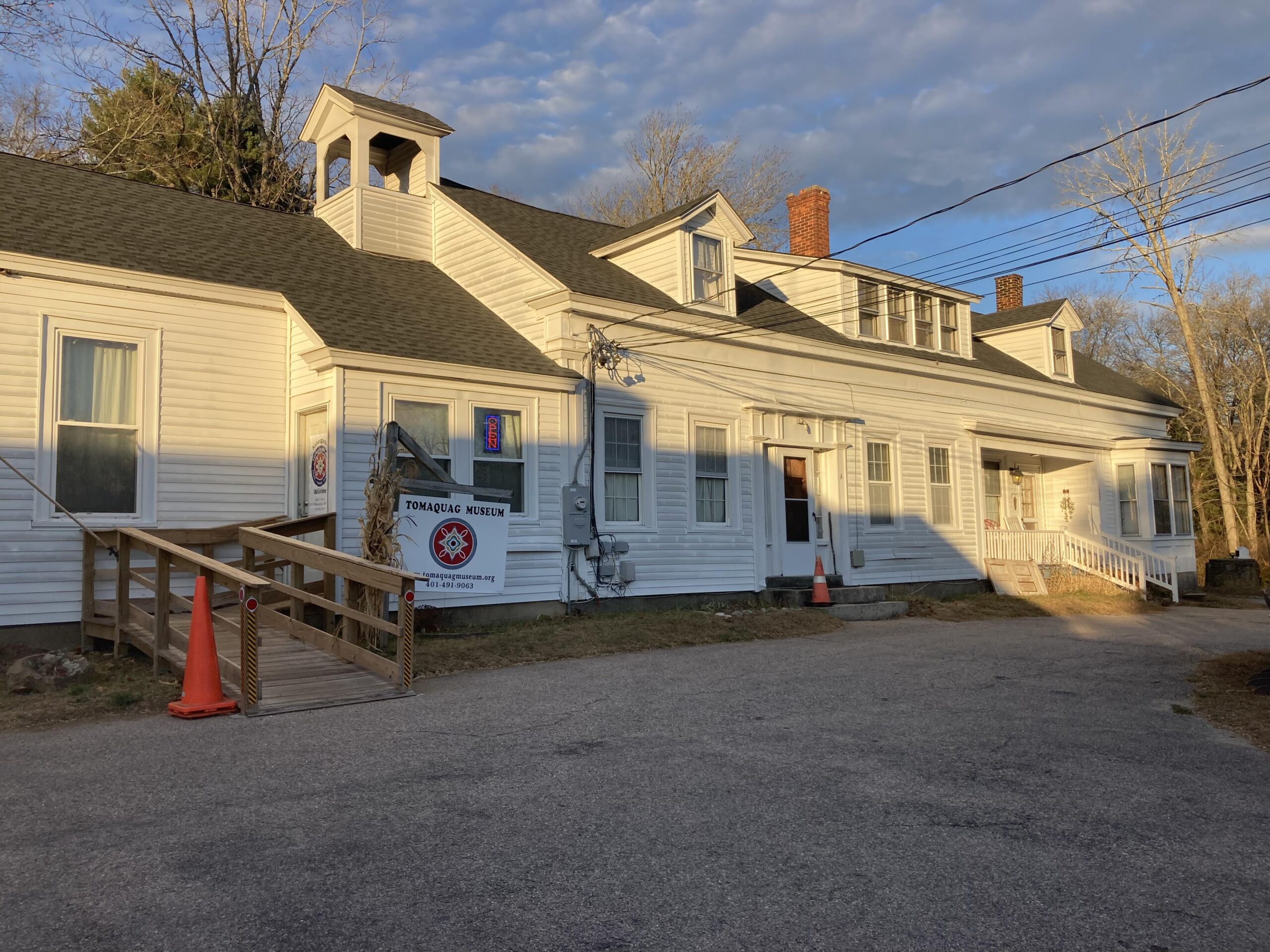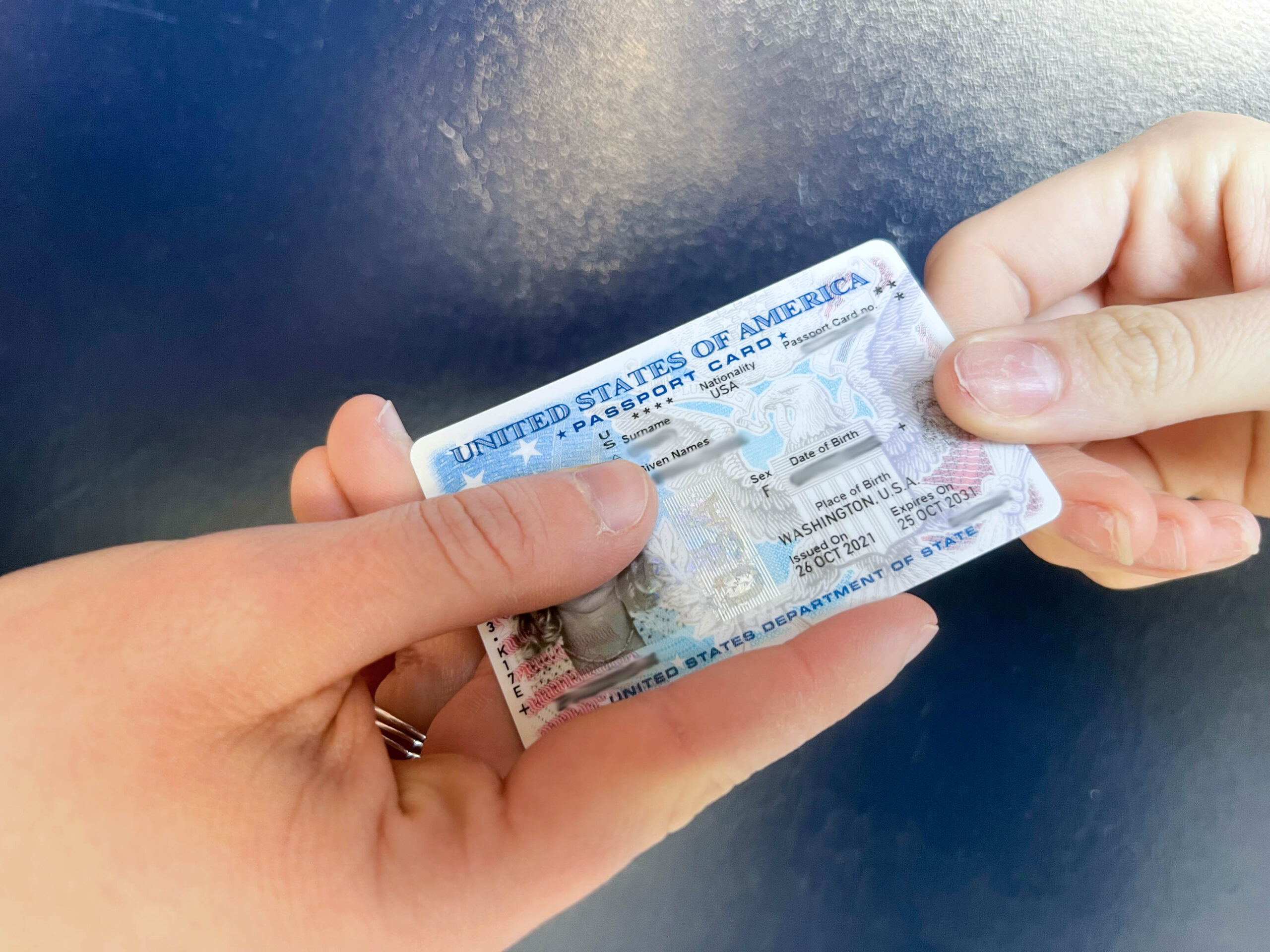At the end of a quaint, winding road in Exeter, Rhode Island, a small museum of southern New England Indigenous history is working to expand their show of exhibits through a new location on University of Rhode Island property.
With a $2 million bond passed in Rhode Island’s ballot question 5 toward a new Kingston location, the Tomaquag Museum is planning to build another site where items they don’t have space for in Exeter can be displayed, according to Tomaquag education fellow John Christian Hopkins.
“[The bond] showed that we had the support from around the state,” Hopkins said. “It was a really great thing.”
Located on Route 138 by the southwest corner of the University’s Kingston Campus, the new location of the museum will bring more accessibility of the exhibits to campus, according to director of University Archives and Special Collections Karen Morse.
“[Tomaquang] will be accessible via [Rhode Island Public Transit Authority], which I don’t think it was before,” Morse said. “It will be easier to get there and see the collections more regularly.”
Not only is Kingston a fitting location due to its accessibility, it holds a lot of tribal history as the location where the Narragansett Indian Tribe faced their greatest defeat, the “Great Swamp Massacre,” according to Hopkins.
“We’ve had a long history in that area, that was our main winter camp,” Hopkins said.
Located on Narragansett territory, the Tomaquag Museum is mostly focused on bringing light to the Narragansett tribe, according to Hopkins. The histories of other southern New England tribes around the area, such as the Wampanoag, are also displayed through artifacts.
“We try to honor and respect all of the New England tribes,” Hopkins said. “But it’s mostly Narragansett.”
Sharing the history of local tribes is significant considering the extensive battle in court the Narragansett tribe fought after the state detribalized them in 1880, claiming that they were not an Indian tribe, Hopkins said.
“We fought them in court for about 100 years before we got our recognition back,” Hopkins said. “They said that we were of color and no longer Indian.”
Due to these events, in order to be considered part of the tribe, members must trace their ancestry back to one of the 324 names from the 1880 list of Narragansett tribal members put together by the state, according to Hopkins.
The bond passed will specifically be put toward renovating a building that URI gifted the museum, according to Hopkins. Tomaquag originally planned to build their own, however they decided to cut back after weighing out the costs.
“URI has been really great with working with us, everything right now is going on schedule,” Hopkins said. “We hope to open in 2026.”
The university as a whole has expressed interest in building a closer relationship with the Narragansett tribe, according to Hopkins. URI President Marc Parlange has already made efforts to connect with tribe members.
“He held a gathering at his home [in August] for [tribal members who attended URI] to honor us,” Hopkins said. “I went to that and got to talk with him and I know he’s really interested in seeing more involvement with the tribe.”
While the museum aims to provide resources for URI students and build a connection with the campus community, there is no direct connection between university archive materials and Tomaquang museum materials, Morse said. All the material’s collected at URI are related to the university, and material donation requests the Tomaquag museum gets, wouldn’t be.
One new initiative the Kingston location plans to conduct incorporates classrooms, Hopkins said. This way, lectures regarding tribal history can be held for URI students.
“We anticipate that there’ll be a lot of interest,” Hopkins said. “We’ll be going on campus so it will be easy to find us.”
For more information about construction, visit the Tomaquag Museum website under Campaign for Tomaquag .




